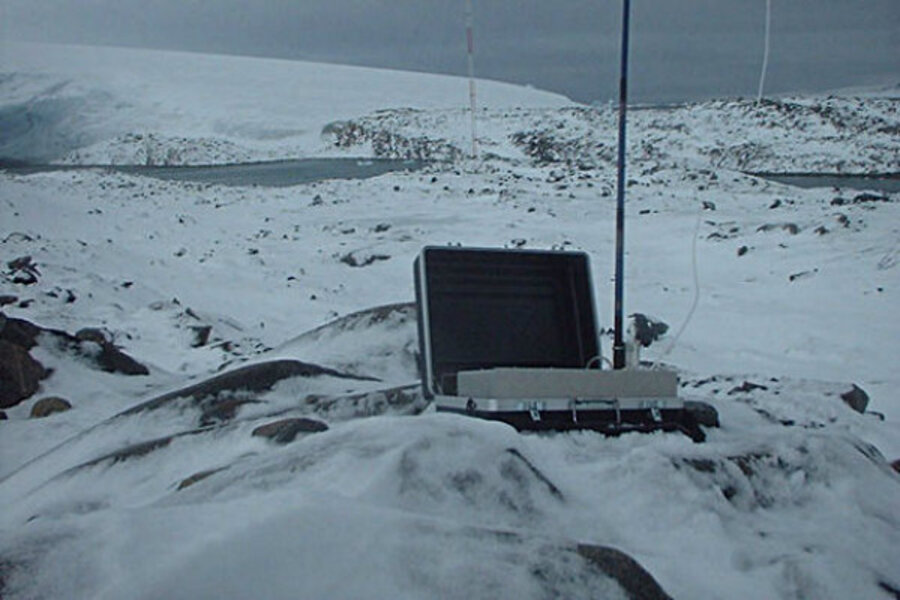Why Earth still absorbing our carbon dioxide?
Loading...
While humans are emitting large amounts of greenhouse gases, particularly carbon dioxide, into the atmosphere, the planet sucks some of it back up.
A new study indicates that natural, carbon-removing processes, have not yet reached capacity, in spite of humans' increasing emissions over recent decades.
The oceans can absorb carbon dioxide out of the atmosphere, as can trees and other vegetation.
"Globally, these carbon dioxide 'sinks' have roughly kept pace with emissions from human activities, continuing to draw about half of the emitted [carbon dioxide] back out of the atmosphere," said study researcher and climate scientist Pieter Tans, with the U.S. National Oceanographic and Atmospheric Administration's Earth System Research Laboratory, in a statement. "However, we do not expect this to continue indefinitely."
The researcher team, led by Ashley Ballantyne of the University of Colorado, analyzed 50 years of global carbon dioxide measurements.
Humans emit carbon dioxide into the atmosphere primarily through burning fossil fuels and through other activities. Plants take up carbon dioxide as they grow and store it in their tissues, and the oceans can also absorb it from the atmosphere. This latter process has its own drawback: Carbon dioxide drawn into the oceans causes them to acidify. Ocean acidification is seen as a serious threat to the health of ocean ecosystems.
Earlier work has suggested that these natural gas-sucking processes might be falling behind, leading to a faster-than-expected rise in atmospheric carbon dioxide. The new results suggest this hasn't happened yet, rather they show these carbon-dioxide sinks continue to pull about half of people's carbon dioxide out of the atmosphere.
"Since we don't know why or where this process is happening, we cannot count on it," Tans said in a statement. "We need to identify what's going on here, so that we can improve our projections of future (carbon dioxide) levels and how climate change will progress in the future."
The research is detailed in Thursday's (Aug. 2) issue of the journal Nature.
Follow Wynne Parry on Twitter @Wynne_Parry or LiveScience @livescience. We're also on Facebook & Google+.
- Top 10 Surprising Results of Global Warming
- Top 10 Craziest Environmental Ideas
- Earth in the Balance: 7 Crucial Tipping Points
Copyright 2012 LiveScience, a TechMediaNetwork company. All rights reserved. This material may not be published, broadcast, rewritten or redistributed.







